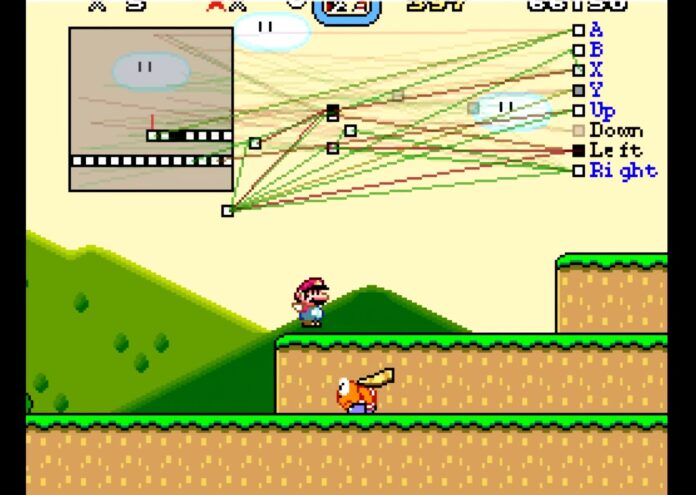In the rapidly evolving world of video games, deep learning technology is playing a pivotal role in transforming player experiences. This innovative branch of artificial intelligence (AI) is not just enhancing game aesthetics but is fundamentally reshaping gameplay, making digital worlds more immersive and reactive. This article explores how deep learning is being utilized to create these captivating gaming environments and the impact it has on the industry.
Revolutionizing Game Design with Deep Learning
Deep learning, a subset of machine learning, utilizes neural networks with multiple layers (hence “deep”) to analyze large volumes of data. In video gaming, these technologies are employed to improve various aspects of game development, from character behavior to environmental dynamics, thus enhancing the player’s immersion.
Dynamic Character Behavior: Traditionally, non-player characters (NPCs) in games follow scripted responses. Deep learning enables NPCs to learn from player interactions and develop unpredictable behaviors, making game worlds feel alive. Characters can now adapt their responses based on player choices, leading to more realistic and engaging interactions.
Enhanced Visuals and Animations: Deep learning algorithms can generate high-resolution textures and realistic animations on the fly. This capability allows for more detailed environments and character models, which were previously not possible due to hardware limitations. Gamers can now enjoy more lifelike visuals, adding depth to the gaming experience.
Procedural Content Generation: Game environments can be procedurally generated using deep learning, allowing for unique gameplay experiences every time a game is played. This not only keeps the game fresh for longer but also reduces the workload on game developers to manually craft each aspect of the game world.
Tailoring Player Experiences
One of the most significant impacts of deep learning in gaming is the ability to tailor experiences to individual players. By analyzing how a player interacts with the game, deep learning algorithms can modify game difficulty, narrative, and even in-game events to suit each player’s style, enhancing engagement and satisfaction.
Personalized Game Difficulty: Games are now capable of dynamically adjusting their difficulty based on player performance, thanks to deep learning. This ensures that all players, from novices to experts, are sufficiently challenged, keeping them engaged without feeling overwhelmed or bored.
Customized Narratives: Deep learning enables more complex storylines that can evolve based on player decisions. This level of narrative flexibility can lead to highly personalized story experiences that are nearly impossible to replicate in traditional gaming setups.
Overcoming Challenges
Despite its potential, integrating deep learning into video games is not without challenges. The computational demand is high, requiring significant processing power, which can be a barrier for real-time applications. Additionally, training AI models requires vast amounts of data, which can be resource-intensive to gather and process.
Ensuring Player Privacy: As games collect more data to improve the gaming experience, developers must also prioritize player privacy. Ensuring that data collection complies with global privacy standards and is secure against breaches is paramount.
Balancing AI and Gameplay: It’s crucial that developers find a balance where AI enhances rather than dominates the gameplay. The goal is to support the player’s experience and not overshadow the human elements and creativity that players bring to the game.
Conclusion
Deep learning is undeniably shaping the future of video gaming, providing tools to create more realistic, engaging, and personalized gaming experiences. As technology advances, the integration of AI in gaming will only deepen, promising even more immersive and interactive gaming landscapes. For developers and players alike, the journey into AI-enhanced gaming is just beginning, and its potential is as vast as the virtual worlds it helps create.





